.2.02.2014
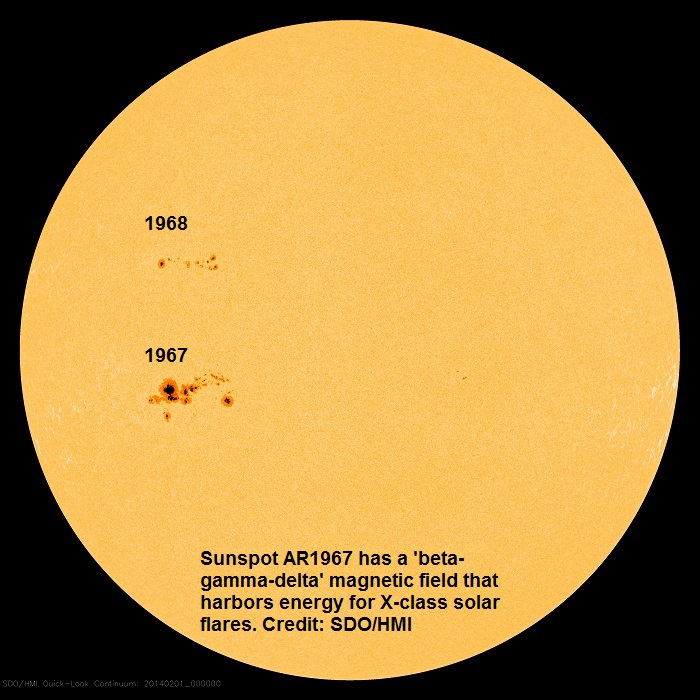
Nachfolgende Aufnahmen von Sonnenfleck 1967+1968 durch "Nebelwolken-Filter"vom 2.02.2014 / 12.30 MEZ c-hjkc
.
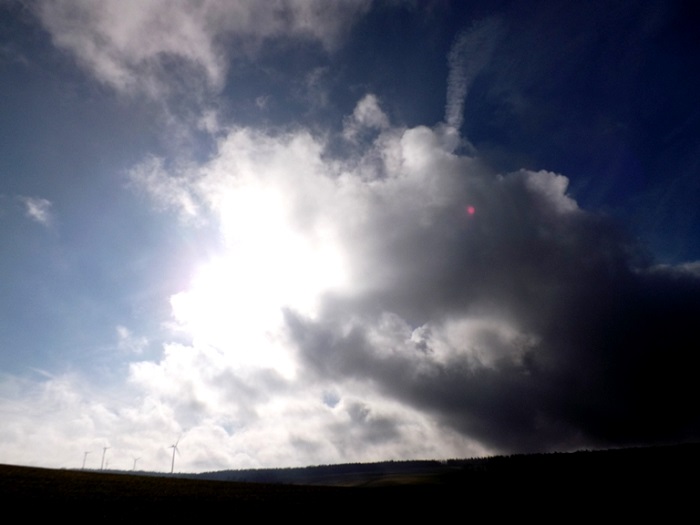
Der Nebel lichtet sich und gibt Chancen für Nebelwolken-Filter auf Sonnenscheibe frei...
.
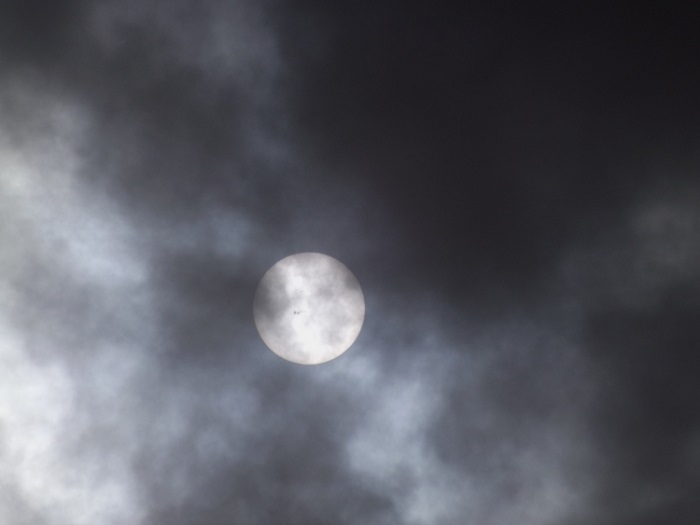
Und schon gibt es ein Blick auf Sonnenfleck 1967...
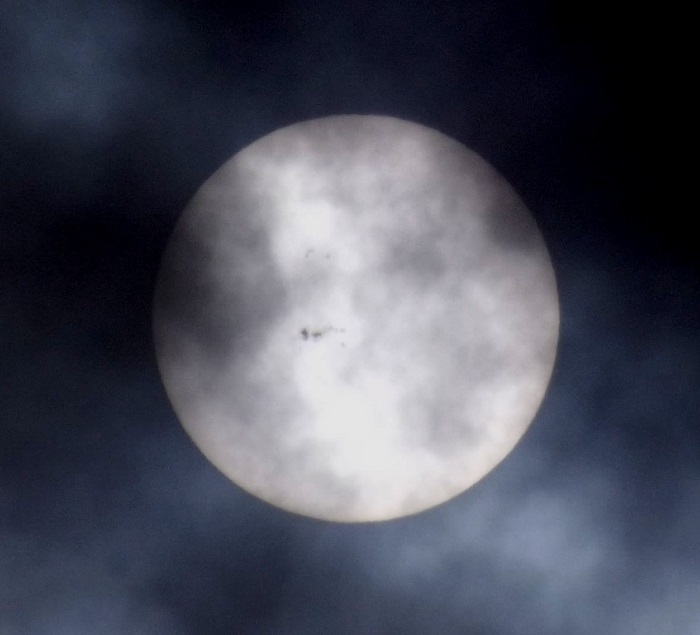
Blick auf Sonnenfleck 1968 (oben) und 1967 (unten)
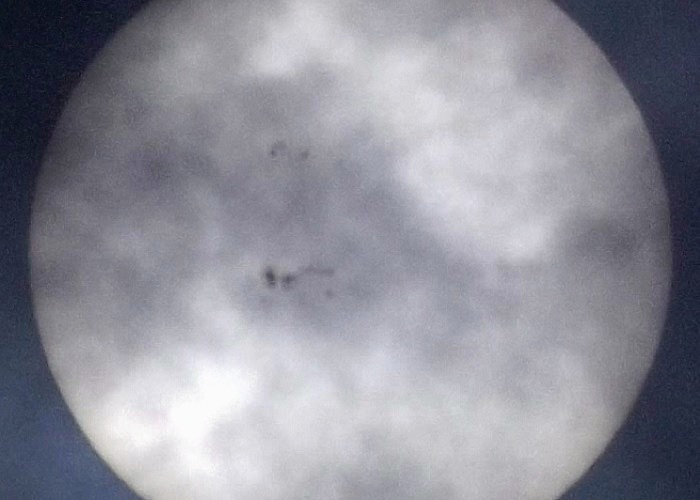
.
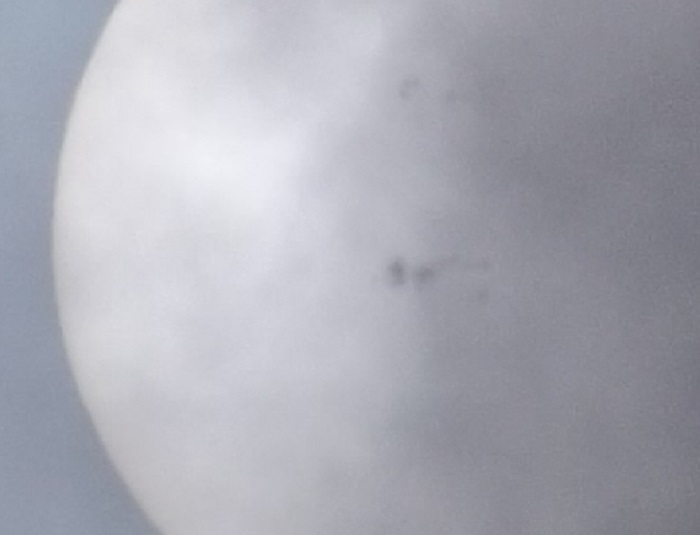
.
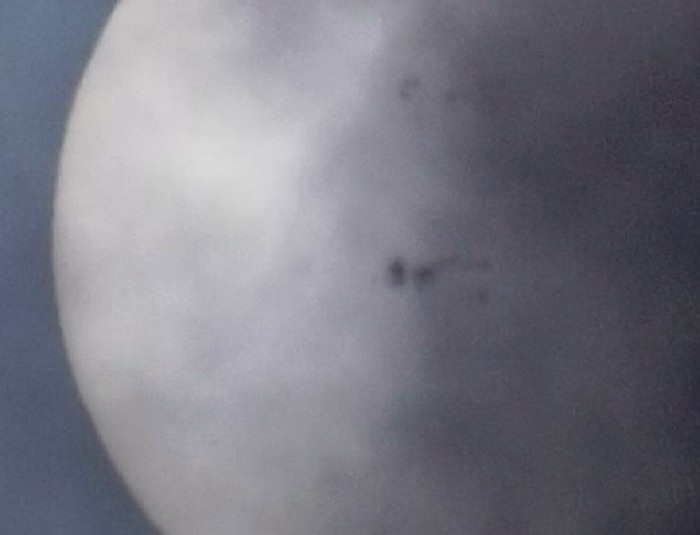
.

.
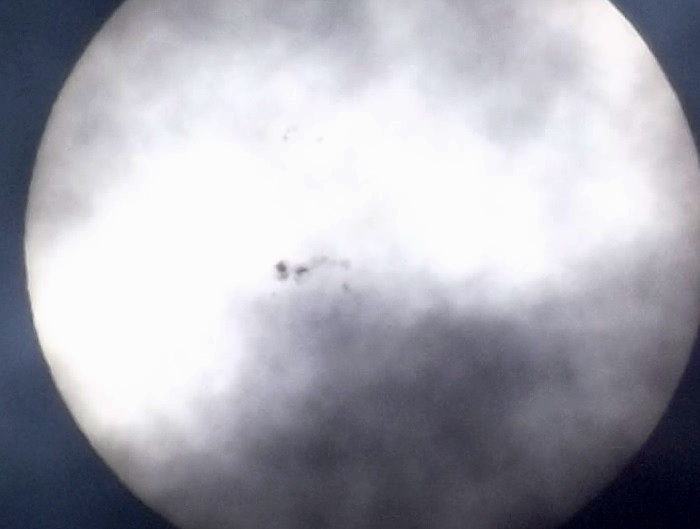
.

.

Kleine Nebelwolken-Pause...

Blick auf Sonnenfleck 1967
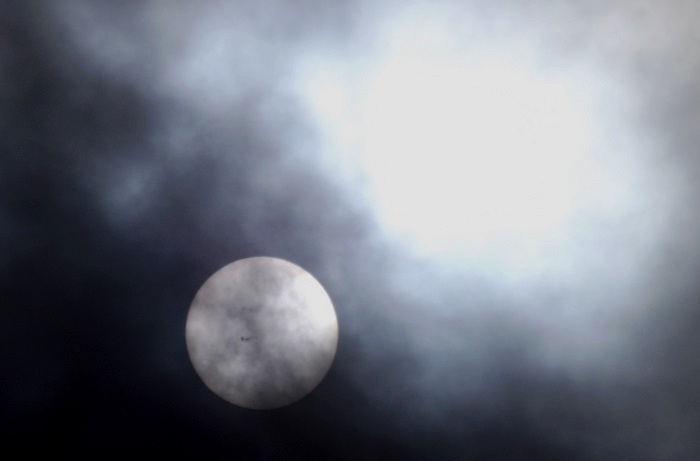
.
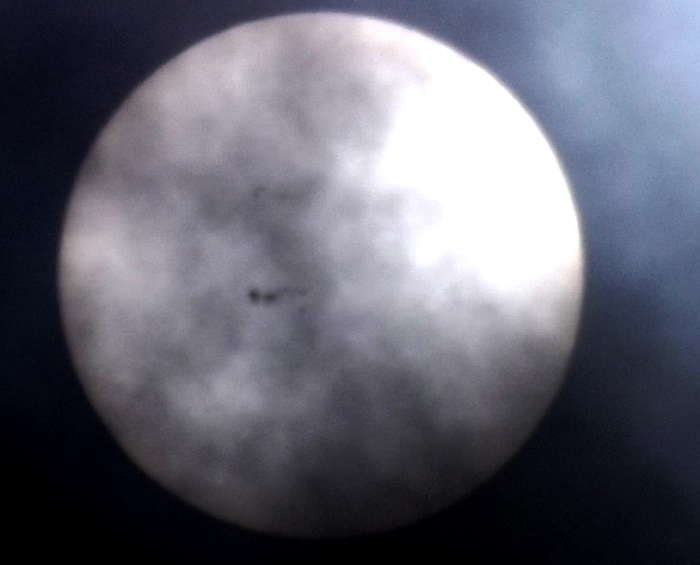
.
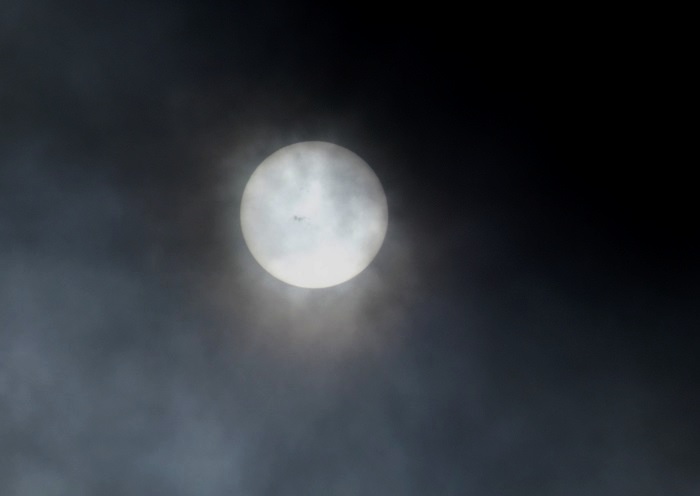
Fotos: c-hjkc
.
Update: 3.02.2014
.
BIG SUNSPOT, HIGH SOLAR ACTIVITY: Solar activity reached high levels yesterday with seven M-class solar flares and three CMEs. Almost all of the explosions were produced by monster sunspot AR1967, shown here in a photo from Chris Schur of Payson, Arizona:
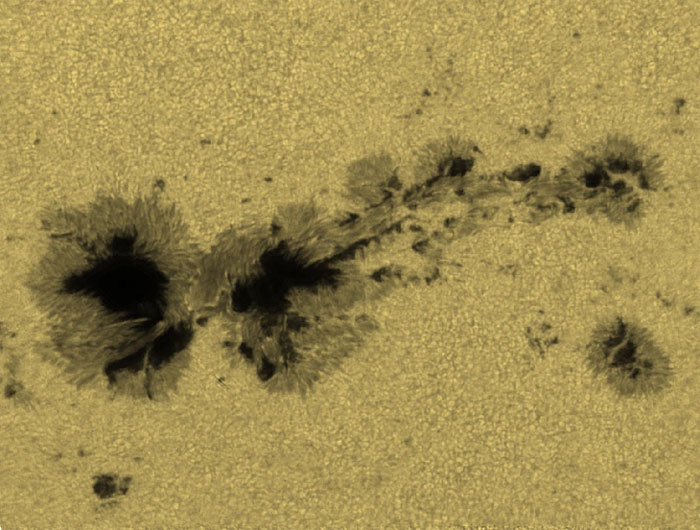
.
Update: 5.02.2014
.
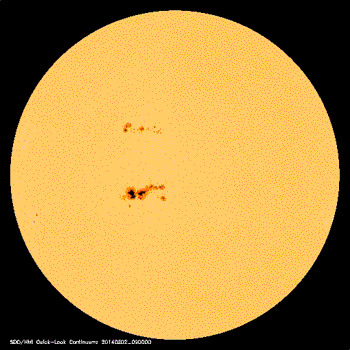
.
Update: 25.02.2014
.
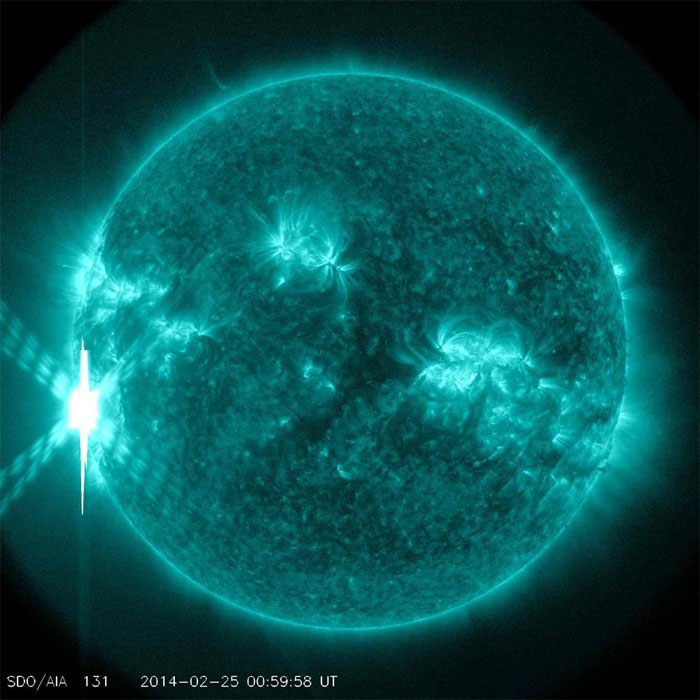
It's Baaack! Sunspot Returns With Year's Biggest Blast
The X4.9-class flare burst forth just as active region 1990 returned to the sun's Earth-facing side, at about 7:50 p.m. ET Monday. It set off a strong radio blackout, according to the National Oceanic and Atmospheric Administration's Space Weather Prediction Center. You'd have to go back to 2012 to find a bigger flare on the X-scale.
Intense flares like this one can unleash outbursts of electrically charged particles, known as coronal mass ejections, which have been known to interfere with power grids and satellite operations.
The good news is that this flare was so off-center that any outburst shouldn't come anywhere close to hitting Earth. But stay tuned: "This region will continue to rotate into a better position to affect Earth over the next week or so," the Space Weather Prediction Center says.
The sun recently hit the peak of its 11-year activity cycle, and AR1990 demonstrates just how active things can get. It has already circled the sun twice (first as AR1944, then as AR1967) and has grown wider than the planet Jupiter. To learn more about this monster sunspot, check out Phil Plait's Bad Astronomy blog posting — and keep an eye onSpaceWeather.com as well.
Quelle: NBC
